Types of Credit Card Fraud: Everything You Need to Stay Protected
-
Irmin Corona
- English
- Read Time 4min
In today’s digital age, credit card fraud has become an alarming concern for consumers and businesses. With the ever-increasing reliance on electronic transactions, it is essential to understand various types of credit card fraud to ensure you take the necessary precautions to protect yourself. This article highlights the most common types of credit card fraud and provides valuable insights to keep you safe.
Identity Theft: When Personal Details fall into the wrong hands
The Mechanics of Identity Theft
Identity theft is one of the most common types of credit card fraud. This situation occurs when a fraudster gains unauthorized access to your personal information and uses it to make fraudulent transactions in your name. Often, hackers steal data from various sources, such as online portals, phishing scams, or even the physical theft of documents.
Safeguarding Your Digital Footprint
Always be cautious when sharing personal information online to protect yourself from identity theft. Ensure websites are encrypted with HTTPS and avoid providing sensitive details on suspicious or unsecured platforms.

Card Skimming: Beware of Hidden Devices
Understanding the Skimming Threat
Be aware of card skimming, a criminal activity where electronic devices are installed on ATMs, gas pumps, or payment terminals to illegally obtain credit card information. These devices read the magnetic stripe on your card, capturing the necessary data to clone it.
How to Spot and Dodge Skimmers
Always inspect the card reader before inserting your card to protect yourself from skimming. Check for signs of tampering or loose attachments. Also, use contactless payment or mobile wallets for added security.

Account Takeover: When Intruders Go Digital
The Pathway to Unauthorized Access
Account takeover occurs when fraudsters gain unauthorized access to your online accounts, allowing them to make fraudulent transactions. This fraud usually happens due to weak passwords, malware attacks, or phishing scams.
Fortifying Your Online Presence
Creating strong and unique passwords for every online account is important to avoid the possibility of account takeover. Enable multi-factor authentication whenever possible. Please exercise caution when receiving emails or messages that request personal information, especially if they seem suspicious.

Card-Not-Present Fraud (CNP): The Invisible Threat
How the Invisible Scam Operates
With the rise of e-commerce, card-not-present fraud has become increasingly common. This type of fraud happens when a criminal uses stolen card information to purchase online or over the phone, where a physical card is not required.
Online Shopping Best Practices
To safeguard against CNP fraud:
- Ensure you only provide your card details on trusted and secure websites.
- Look for secure payment gateways, such as those with the Verified by Visa or Mastercard SecureCode features.
- Regularly monitor your card statements for any unauthorized transactions.

Phishing Scams: The Deceptive Emails and Calls
Recognizing the Scammer's Bait
Phishing scams involve fraudsters luring victims into providing their personal and financial information through deceptive communication, often via email, text messages, or phone calls. These scammers impersonate legitimate organizations, making it difficult to recognize their fraudulent intentions.
Hooked? How to Stay Safe
To stay safe from phishing scams, it’s important to never click on any suspicious links or download attachments from sources that you don’t recognize. Confirming the authenticity of any communication before disclosing confidential information is crucial.

Pretexting: Scammers in Disguise
The Art of Deceptive Pretense
Scammers use pretexting to trick people into giving personal or financial information by pretending to be banks, government agencies, or other trustworthy sources. These fraudsters often attempt to gain trust and manipulate victims into providing sensitive details.
Protecting Yourself from Crafty Conversations
To prevent pretexting, always validate the authenticity of the person or organization before disclosing any personal or financial information. Legitimate institutions will never request sensitive information through unsolicited calls or messages.

In Conclusion
Understanding the different types of credit card fraud is crucial to protect yourself from potential financial loss and other detrimental consequences. Staying informed and following the preventive measures outlined in this article is essential to reduce the risk of credit card fraud. By doing so, you can protect yourself from becoming a victim. Remember, staying vigilant and prioritizing security helps ensure a safe and seamless digital payment experience.


